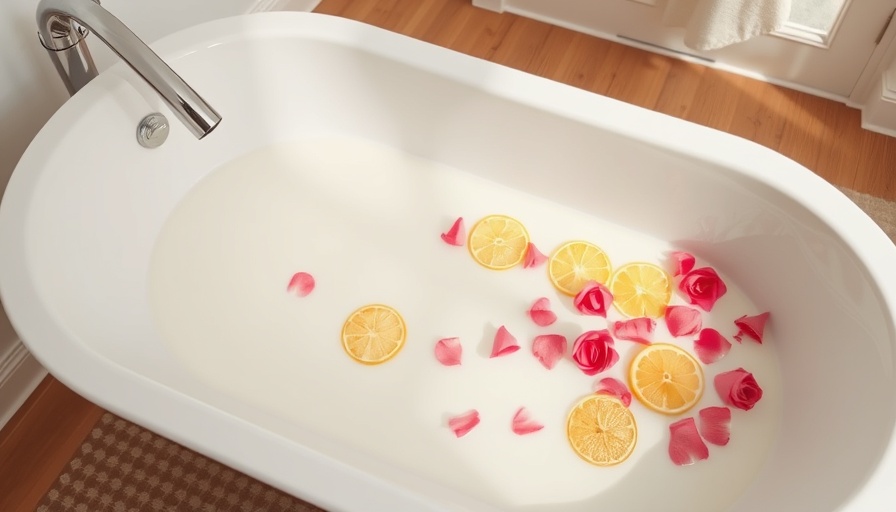
Restoring Scratch-Damaged Engineered Hardwood Floors: A Step-by-Step Guide
Nothing is flawless, and this rings true for engineered hardwood floors, no matter how robust they may seem. While they are designed to withstand the wear and tear of daily life, occasional scratches can detract from their natural beauty. If you're wondering how to fix scratches on engineered hardwood floors, you've come to the right place. Let's dive into some simple yet effective techniques to restore your flooring's charm!
The Basics of Scratch Repair for Engineered Floors
Scratches can come in various forms—be it light scuffs or deeper gouges—with each requiring a different approach for repair. Starting with a few essential tools and items will set you on the right path. Invest in a wood floor scratch repair kit which typically contains wax fillers, applicators, and color-match options. You will also need rubbing alcohol, a putty knife, a broom, cotton swabs, a white cloth, and a washcloth.
Step 1: Preparing Your Space
Before you set out to tackle those unsightly scratches, make sure the room is clean and well-prepared. Clear the area of all furniture and sweep any dust or particles off the floor. A tidy workspace will help you focus and ensure that no debris interferes with the repair process.
Step 2: Light Scratch Treatment
If you’re dealing with superficial scratches, rubbing alcohol is your secret weapon. Apply a few drops of it onto a microfiber cloth and gently dab onto the scratched surface until the imperfection fades away. The alcohol won't just help remove the scratch—it will also clean the area, giving your floor a fresh start!
Step 3: Filling Deeper Scratches
For deeper scratches, you’ll want to use a specially formulated wood wax. It’s crucial to choose a shade that matches your flooring for the best results. Apply the wax using a dry cloth or a putty knife, pressing firmly into the scratch. Leave it for a few minutes to set, and then buff away any excess for a smooth finish.
Step 4: Refinishing for a Fresh Look
If scratches persist and seem bothersome, consider refinishing your engineered hardwood floor. This step is not just about aesthetics—it’ll also help seal the wood and extend the life of your flooring. Fortunately, most engineered wood floors are designed for easy refinishing, making this a feasible option for homeowners!
Step 5: Routine Maintenance and Prevention Tips
Aside from repairs, preventing scratches in the first place can save you time and effort. Implementing simple strategies like using area rugs, placing felt pads under furniture, and sweeping regularly can make a significant difference. Being proactive in your housekeeping helps maintain the beauty of your floors.
Concluding Thoughts: Bringing Floors Back to Life
Engineered hardwood floors offer a beautiful and functional flooring solution for any home. With a little bit of effort and the right tools, you can address common scratches and keep your floors looking pristine. For more specialized issues beyond home remedies, don't hesitate to reach out to flooring professionals in your area. Their expertise can ensure your floors remain in tip-top shape, preserving both value and beauty.
 Add Row
Add Row  Add
Add 




Write A Comment